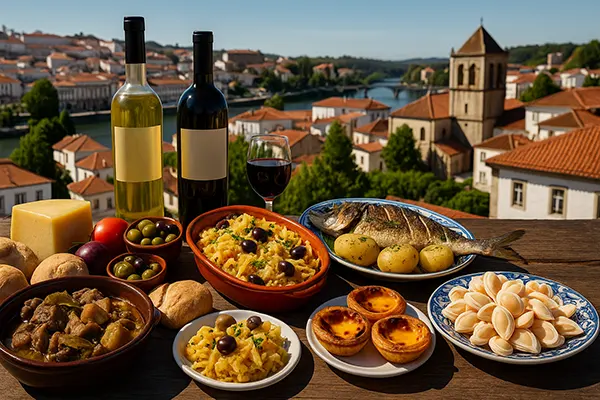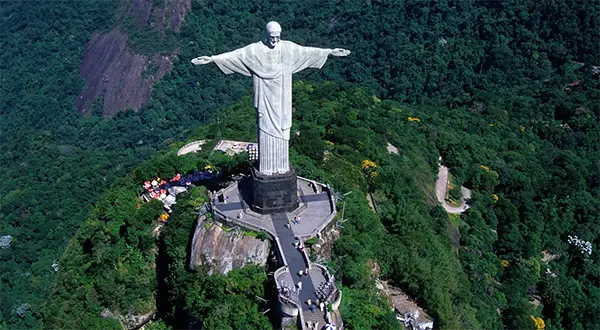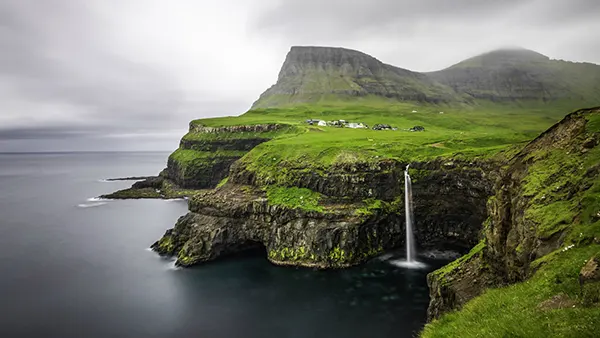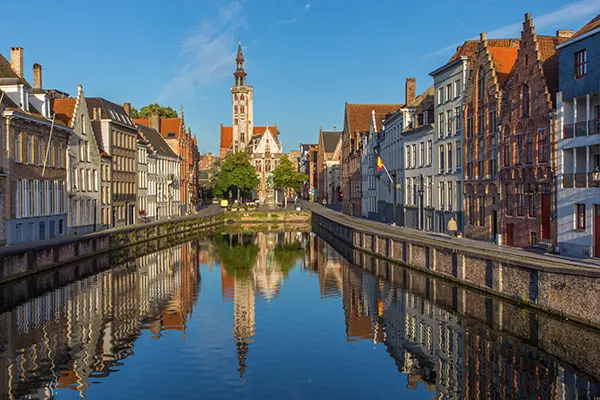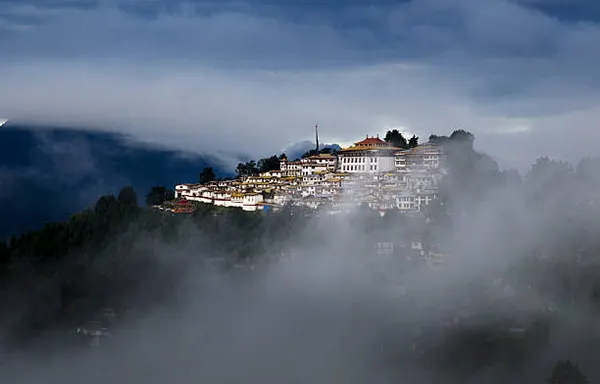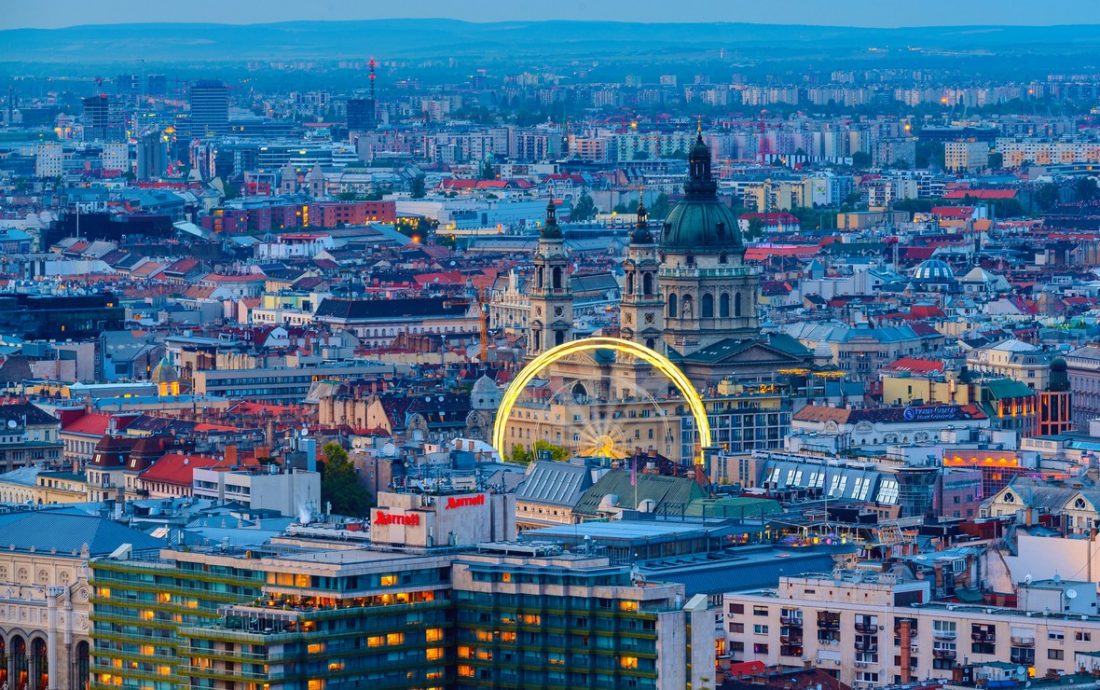
Attractions in Hungary
Hungary is renowned for its perfect blend of unspoilt nature and the benefits created by the development of civilization. Of course, one must also mention the delicious culinary delights and the incredible culture that honours tradition. Visiting the country one would be hard-pressed to cover it all at once.
Buda Castle
The castle acts as a landmark in the Hungarian capital. The monumental construction screams of grandeur. perched on Mount Gellert it projects its might by towering above all other buildings. It is also visible from any vantage point in the centre of the capital.
The construction of the castle started in the middle of the 13th century. The construction began by order of King Bela IV. He demanded a strong fortress that would provide him with protection from enemies, especially from Tatar and Mongol armies. Gradually it developed into a royal residence. The Presidential Palace was built in 1806.
Eger Castle
Eger Castle is a symbol of the glorious past of the Irish state. The courageous deeds associated with the place date back to 1552, when the castle was attacked by an army of Turks with thousands of soldiers. The defenders of the fortress were at most 2,300 at the time. However, this did not stop them from repelling the attack and preserving the town.
In 1701, when the Austrian army attacked, a large part of the castle was still damaged. The enemies of the defenders of Eger undermined a large part of it. The restoration of the damaged areas did not begin until 1925. Today, the area is home to a number of individual landmarks that tell the story of the great exploits of the Hungarians.
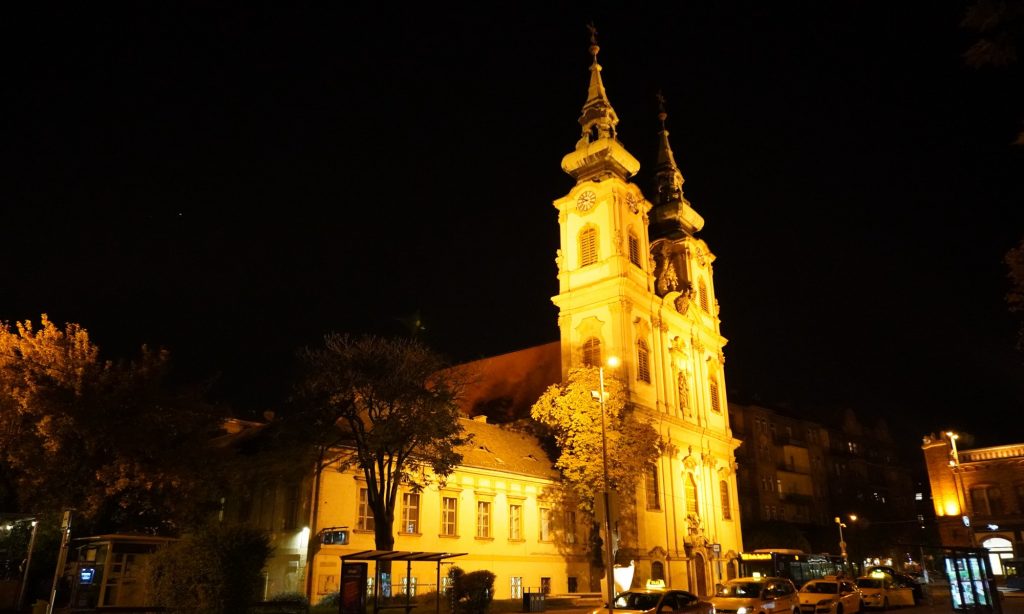
The Church of St. Anne
The church occupies a secluded spot within the territory of the Hungarian capital. The church dates back to the middle of the 18th century. Then came the dark part of its history, overshadowed by the terrible earthquake that nearly destroyed it. The building was rebuilt in 1805. But the ordeal of natural disasters did not end there.
The building has been damaged more than once. Moreover, it ended up being completely demolished. In 1970 restoration works were carried out, which lasted almost 14 years. Today it is one of the most beautiful religious buildings in the country, renowned for its exterior and interior decoration.
Esterházy Palace
Esterházy is the largest palace in the Hungarian state. Once upon a time it too had to face significant challenges. The halls housed stables, and other rooms were used as a military hospital. The jewel in the crown of the city, Ferthed, was able to withstand such challenges.
Today the palace is surrounded by an incredible parkland, lined with numerous alleys and paths. These can be followed as far as the main entrance to the palace. Additional features include originally shaped flowerbeds, unique lawns, fountains and sculptures.
Gödöllö Palace
Gödöllő is a small settlement in central Hungary. Its main attraction is the Gödöllö Palace, built in the first half of the 18th century. The works were commissioned by a local Catholic Count, who wished to impress his fellow citizens with a unique architectural creation.
The construction work took almost 25 years. That’s how the palace, characterised by baroque elements, was created. A park of impressive beauty surrounds the palace. The Count’s lineage was cut short when the palace became the property of the royal family.

